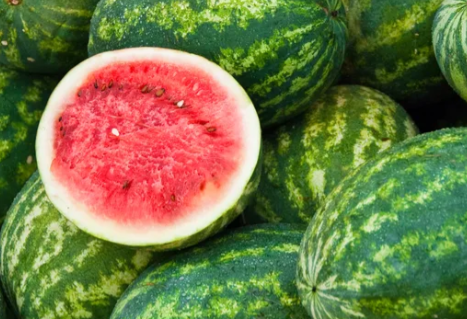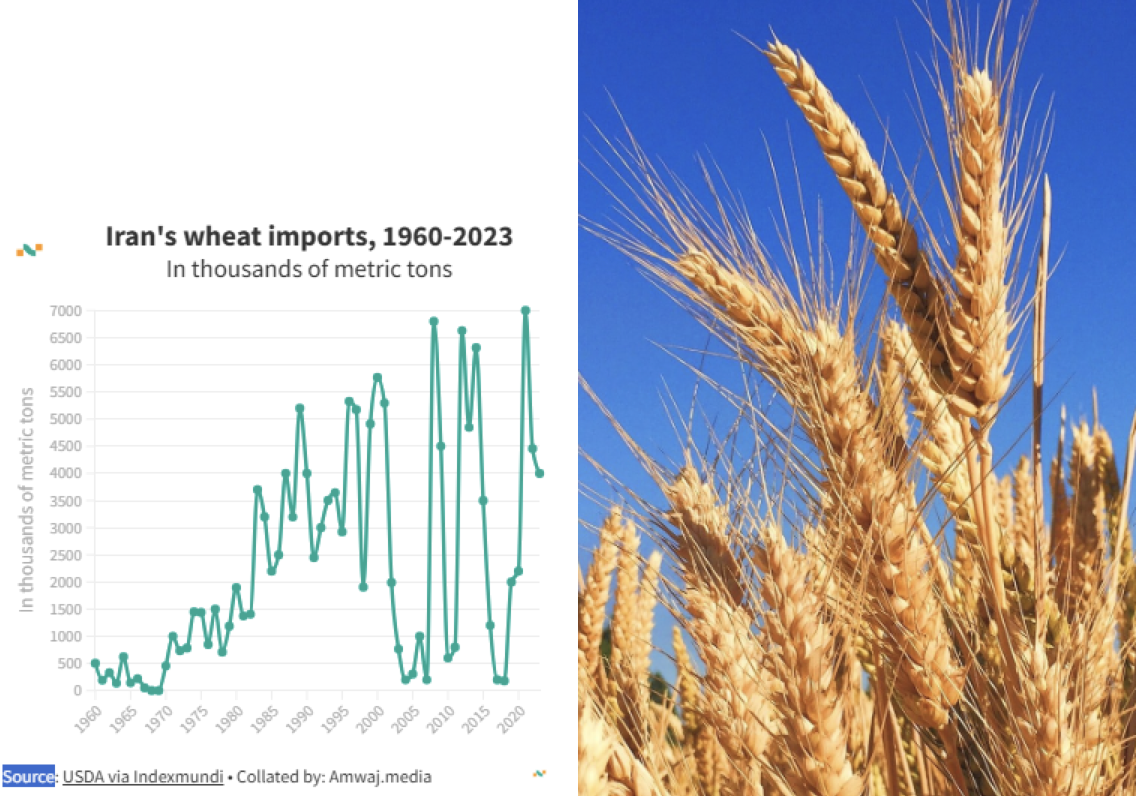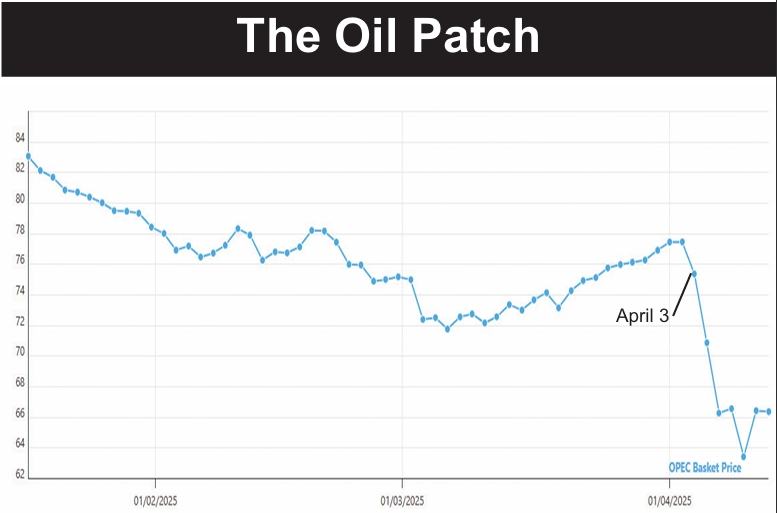The Islamic Republic, meanwhile, is boasting of all the wheat it exported in recent months, thereby reducing Iran’s reserves.
Wheat-growing regions in southern Turkey, Syria, Iraq and northern Iran received less than 20 percent of normal rainfall in the 60 days through Dec. 7, according to Wisconsin-based Martell.
Drought in the region would have “major ramifications” for global supplies, already reduced by poor harvests and lack of exports from Russia, Kazakhstan and Ukraine, the forecaster said. Wheat prices have jumped 46 percent in Chicago this year.
“Conditions have turned hot and dry in the Middle East this fall, hampering wheat development,” said Gail Martell, the head of the forecaster, in an e-mailed report. “Hardly any rainfall has developed in October and November, the main planting period for wheat.”
Deputy Commerce Minister Hamid Alikhani said nothing about the year’s anticipated crop when he boasted last week of Iran’s exports. “Not only did we manage to meet our domestic wheat demand this year, but we managed to export a million tons of wheat as well,” he said.
The emphasis on exports was strange given that the country’s domestic production rises and falls erratically and that the regime is ideologically committed to making Iran self-sufficient in all major food products. As recently as 2005, Iran had to import 3.5 million tons of wheat, making it the world’s chief importer that year.
The current dry spell may be linked to the La Nina weather effect, with evidence of a “very poor” wheat harvest in the region in 2008 because of the phenomenon, Martell wrote. The Middle East countries as a whole imported 40 million metric tons of wheat in 2008-2009, twice the five-year average, she said. “The worry is that La Nina may be a repeat offender in 2010-2011, causing a damaging drought in Middle East wheat again,” Martell said.
The entire region has suffered from “intense drought” except for western Turkey and a “small” area in Iran south of the Caspian Sea, Martell said. Some parts of western Turkey received more than twice the normal amounts of rain in October and November, according to data provided by the forecaster.
Turkey and Iran jointly grow more than 60 percent of the region’s wheat, according to Martell. The climate is “not very conducive” to wheat production, with a typical yield in Turkey of 33 to 35 bushels per acre compared with 43 to 45 bushels in Kansas, the forecaster said.




















